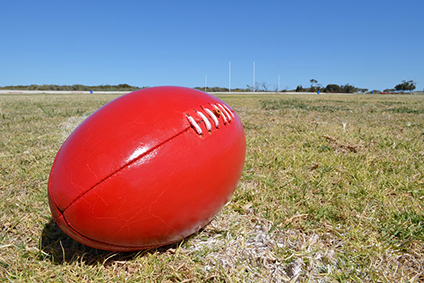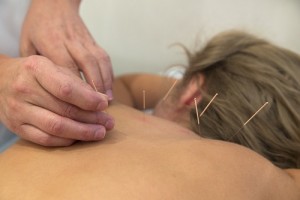With the AFL season just around the corner, football hype is starting to ignite again. However, in comparison to previous years, there is something new and exciting happening in the world of AFL; this year marks the inaugural year of the Women’s AFL. Women’s football has been steadily on the rise for the past 10+ years and was bolstered when brought to the public’s attention in 2013 with the first Women’s exhibition match between Western Bulldogs and Melbourne Demons. The teams were made up of players from all over Australia and the game was held at Etihad Stadium prior to the E J Whitten Legends match. Over the next 3 years they continued to hold exhibition matches with the final match between the two exhibition sides televised at the end of 2015.
In 2016 it was announced that there would be a AFLW competition in 2017 comprising of 8 teams (Melbourne Demons, Western Bulldogs, Carlton Blues, Collingwood Magpies, GWS Giants, Brisbane Lions, Adelaide Crows and Fremantle Dockers). The competition began on Feb 3rd with old foes Collingwood and Carlton opening the competition. The game exceeded all expectations both on and off the field; it was a hard hitting, fierce contest with Carlton running out winners after gun forward Darcy Vesico kicked 4 goals. Outside the ground spectators had to be informed by AFL chief Gill McLaughlin that the ground was full to capacity and was in fact a lock out! Television ratings were impressive as well and that trend continued over the weekend.
It is a seven round competition held in conjunction with the NAB cup. Some games have been played as the opener to a JLT cup match whilst others are stand alone matches at local footy grounds. Channel 7 has committed to televising one Saturday night game per week with Fox also televising all of the matches. The final will be played between the top 2 sides at the end of the seven round season and will coincide with round 1 of the mens AFL competition. All games are free (apart from those held as the precursor to a mens match) and I encourage anyone who is interested to get down and watch the girls battle it out (you may be surprised at the intensity/ferocity that the girls show out there as well as their skill and passion for the game).
I myself will be helping out at the Collingwood vs Fremantle match at Bendigo Bank Stadium on the 4th March (in Collingwood colours – which as a Carlton fan is going to be very painful to do!)
This competition just adds to a multitude of women’s sport that is taking off in Australia, in the past few years we have seen the success of the women’s BBL, Netball Australia has become the first female professional sport in Australia (not including tennis), the women’s soccer team got deep into the finals at the World Cup (which succeeded all expectations) and our women were dominate at the 2016 Olympics winning 5 gold medals out of the total 8 won for Australia and who can forget the memorable Melbourne Cup win for Michelle Payne.
Women’s sport is on the rise in Australia and I can’t wait to see what else we achieve in the coming years!
Madi



